Harold White left NASA in December to join a new nonprofit focused on building the technologies to bring humans to the outer solar system and beyond.
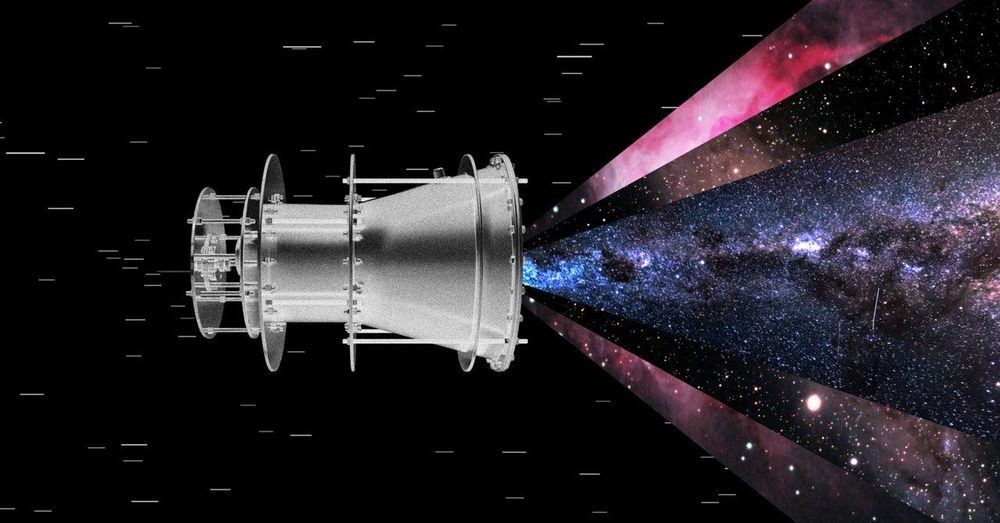

Education Saturday with Space Time.
Why is it that we can see these multiple histories play out on the quantum scale, and why do lose sight of them on our macroscopic scale? Many physicists believe that the answer lies in a process known as quantum decoherence.
Does conscious observation of a quantum system cause thefunction to collapse? The upshot is that more and more physicists think that consciousness – and even measurement – doesn’t directly causefunction collapse. In fact probably there IS no clear Heisenberg cut. The collapse itself may be an illusion, and the alternate histories that thefunction represents may continue forever. The question then becomes: why is it that we can see these multiple histories play out on the quantum scale, and why do lose sight of them on our macroscopic scale? Many physicists believe that the answer lies in a process known as quantum decoherence.
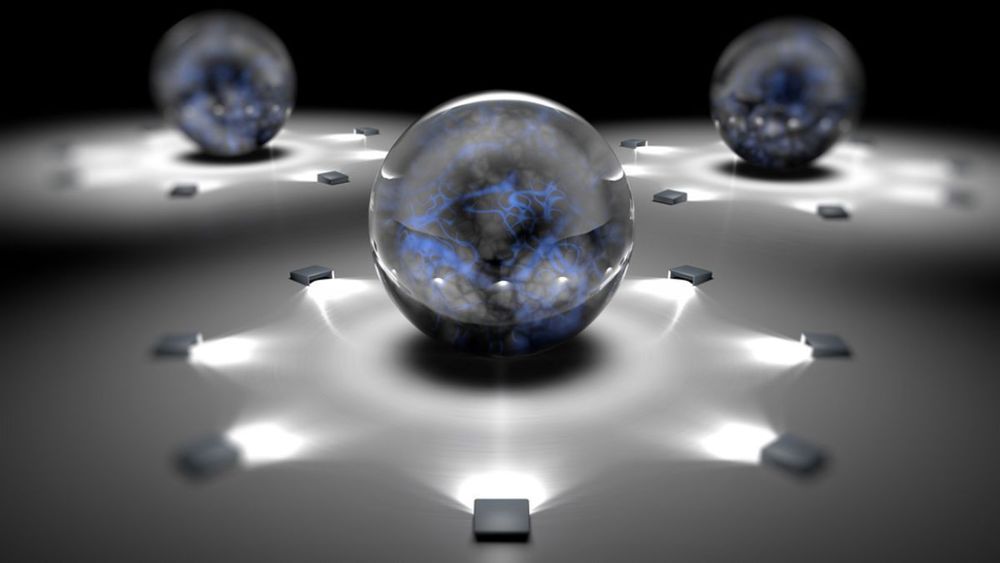
Quantum computer free access: 3.
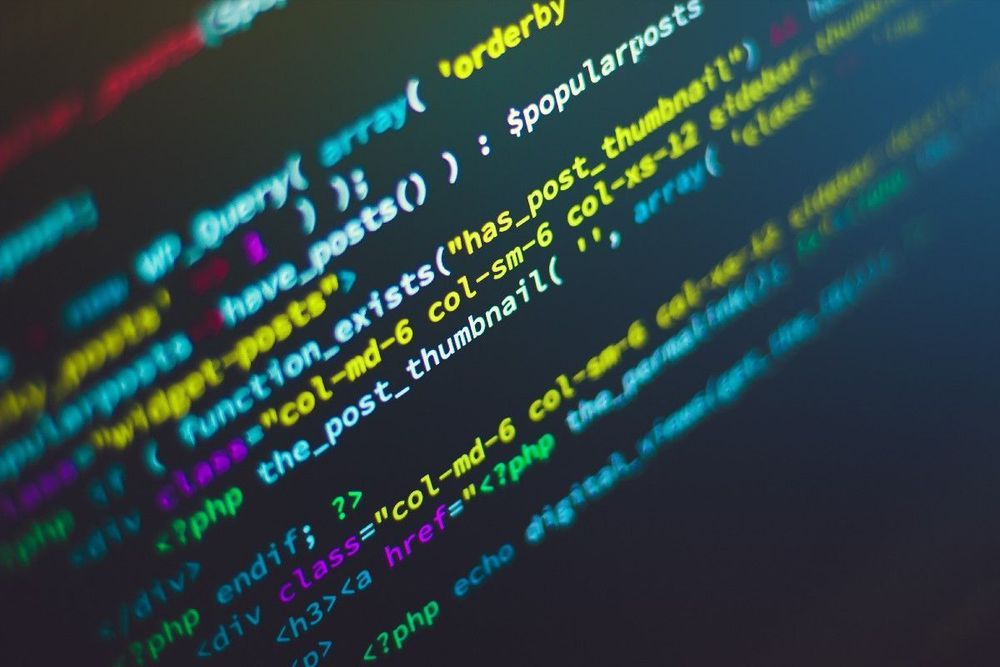
In this article I will introduce the basic linear algebra you will need to understand quantum computing. We will only use NumPy in this article, and you’ll get an intro at the end to some interactive Jupyter notebooks, so you don’t need to download anything or learn terminal to get started. All you need is a web browser. If you want you can download the notebooks and run them locally.
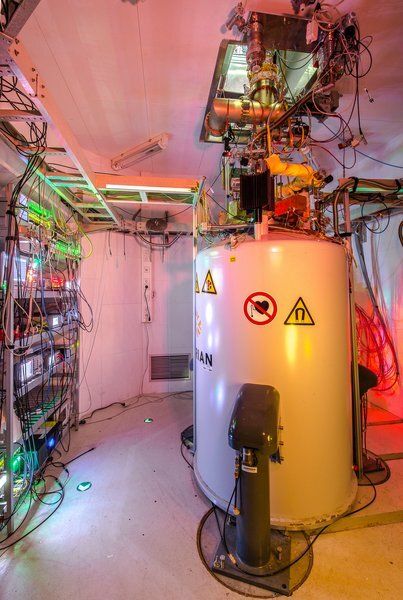
A new door to the quantum world has been opened: When an atom absorbs or releases energy via the quantum leap of an electron, it becomes heavier or lighter. This can be explained by Einstein’s theory of relativity (E = mc2). However, the effect is minuscule for a single atom. Nevertheless, the team of Klaus Blaum and Sergey Eliseev at the Max Planck Institute for Nuclear Physics has successfully measured this infinitesimal change in the mass of individual atoms for the first time. In order to achieve this, they used the ultra-precise Pentatrap atomic balance at the Institute in Heidelberg. The team discovered a previously unobserved quantum state in rhenium, which could be interesting for future atomic clocks. Above all, this extremely sensitive atomic balance enables a better understanding of the complex quantum world of heavy atoms.
Astonishing, but true: If you wind a mechanical watch, it becomes heavier. The same thing happens when you charge your smartphone. This can be explained by the equivalence of energy (E) and mass (m), which Einstein expressed in the most famous formula in physics: E = mc2 (c: speed of light in vacuum). However, this effect is so small that it completely eludes our everyday experience. A conventional balance would not be able to detect it.
But at the Max Planck Institute for Nuclear Physics in Heidelberg, there is a balance that can: Pentatrap. It can measure the minuscule change in mass of a single atom when an electron absorbs or releases energy via a quantum jump, thus opening a new world for precision physics. Such quantum jumps in the electron shells of atoms shape our world—whether in life-giving photosynthesis and general chemical reactions or in the creation of colour and our vision.

Quantum machine learning, an emerging field that combines machine learning and quantum physics, is the focus of research to discover possible treatments for COVID-19, according to Penn State researchers led by Swaroop Ghosh, the Joseph R. and Janice M. Monkowski Career Development Assistant Professor of Electrical Engineering and Computer Science and Engineering. The researchers believe that this method could be faster and more economical than the current methods used for drug discovery.
Seed funding from the Penn State Huck Institutes of the Life Sciences, as part of their rapid-response seed funding for research across the University to address COVID-19, is supporting this work.
“Discovering any new drug that can cure a disease is like finding a needle in a haystack,” Ghosh said.
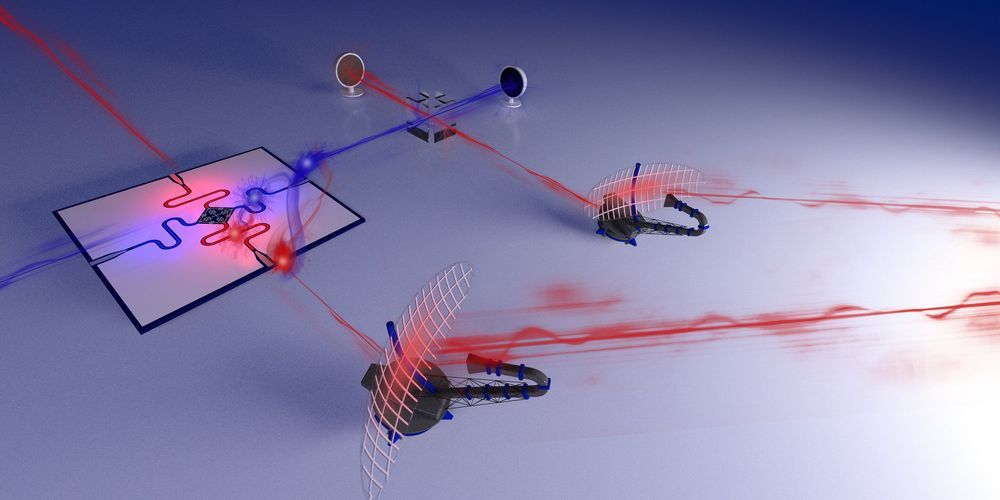
Physicists at the Institute of Science and Technology Austria (IST Austria) have invented a new radar prototype that uses quantum entanglement as a method of object detection. This successful integration of quantum mechanics into devices could significantly impact the biomedical and security industries. The research is published in the journal Science Advances.
Quantum entanglement is a physical phenomenon whereby two particles remain interconnected, sharing physical traits regardless of how far apart they are from one another. Now, scientists from the research group of Professor Johannes Fink at the Institute of Science and Technology Austria (IST Austria) along with collaborators Stefano Pirandola from the Massachusetts Institute of Technology (MIT) and the University of York, UK, and David Vitali from the University of Camerino, Italy—have demonstrated a new type of detection technology called microwave quantum illumination that utilizes entangled microwave photons as a method of detection. The prototype, which is also known as a quantum radar, is able to detect objects in noisy thermal environments where classical radar systems often fail. The technology has potential applications for ultra-low power biomedical imaging and security scanners.
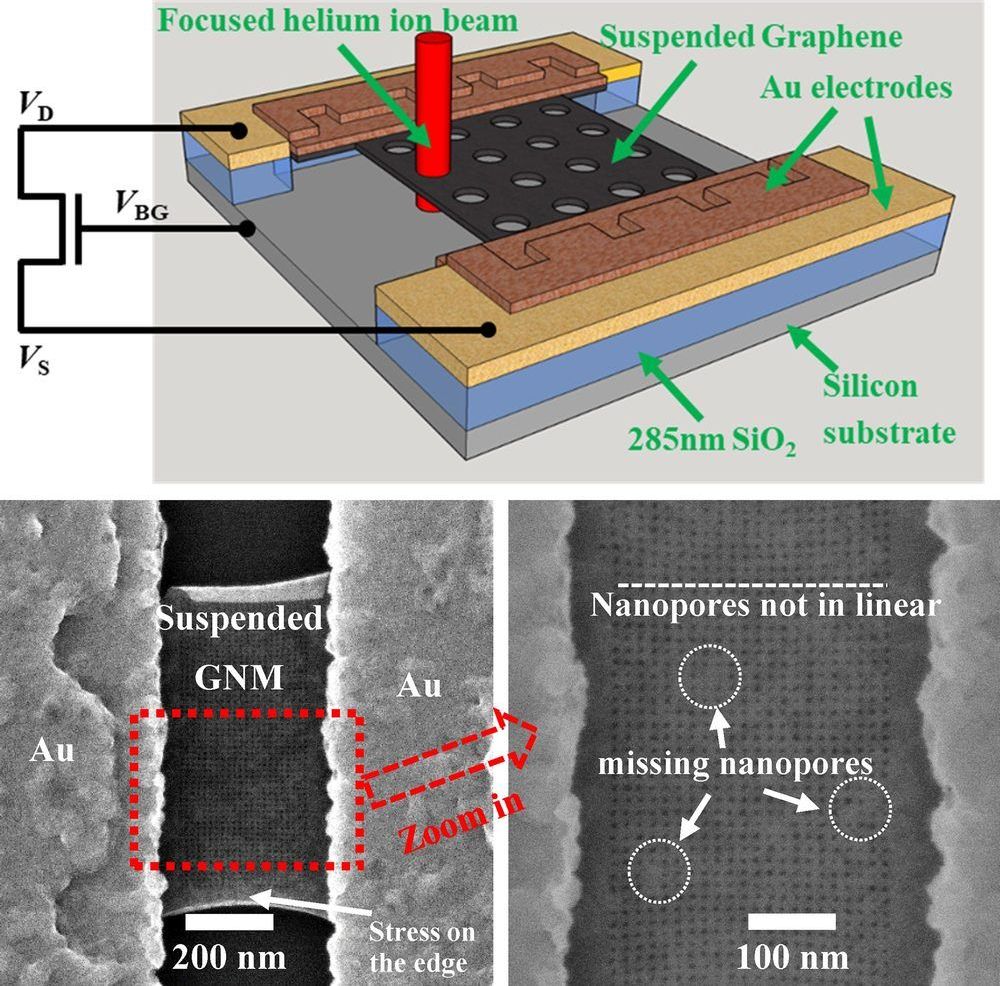
Researchers at Japan advanced institute of science and technology (JAIST) have successfully fabrication the suspended graphene nanomesh in a large area by the helium ion beam microscopy. 6nm diameter nanopores were pattern on the 1.2 um long and 500 nm wide suspended graphene uniformly. By systematically controlling the pitch (nanopore’s center to nanopore’s center) from 15 nm to 50 nm, a series of stable graphene nanomesh devices were achieved. This provides a practical way to investigate the intrinsic properties of graphene nanomesh towards the application for gas sensing, phonon engineering, and quantum technology.
Graphene, with its excellent electrical, thermal and optical properties, is promising for many applications in the next decade. It is also a potential candidate instead of silicon to build the next generation of electrical circuits. However, without a bandgap, it is not straightforward to use graphene as field-effect transistors (FETs). Researchers tried to cut the graphene sheet into a small piece of graphene nanoribbon and observed the bandgap opening successfully. However, the current of graphene nanoribbons is too low to drive the integrated circuit. In this case, the graphene nanomesh is pointed out by introducing periodical nanopores on the graphene, which is also considered as very small graphene nanoribbon array.
A research team led by Dr Fayong Liu and Professor Hiroshi MIZUTA has demonstrated in collaboration with researchers at the National Institute of Advanced Industrial Science and Technology (AIST) that large area suspended graphene nanomesh is quickly achievable by the helium ion beam microscopy with sub-10 nm nanopore diameter and well-controlled pitches. Comparing to slow speed TEM patterning, the helium ion beam milling technique overcomes the speed limitation, and meanwhile, provides a high imaging resolution. With the initial electrical measurements, it has found that the thermal activation energy of the graphene nanomesh increased exponentially by increasing the porosity of the graphene nanomesh. This immediately provides a new method for bandgap engineering beyond the conventional nanoribbon method. The team plans to continue exploring graphene nanomesh towards the application of phonon engineering.
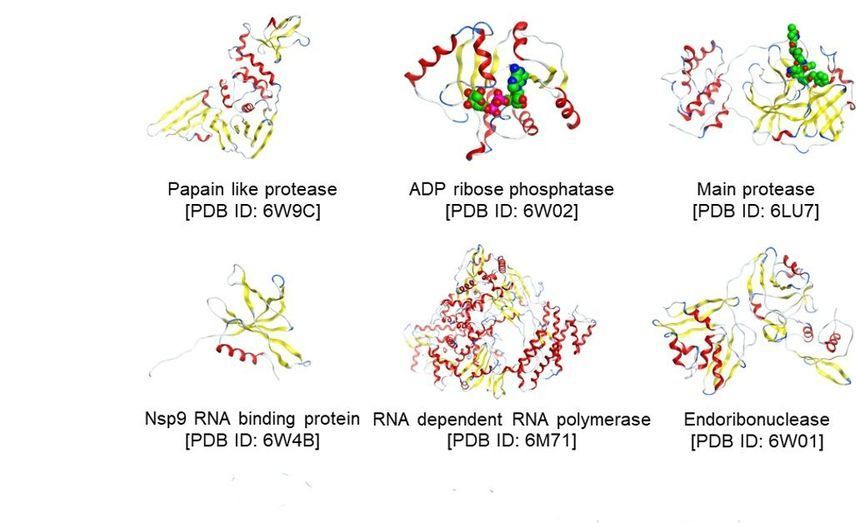
A group of scientists led by Teruki Honma of the RIKEN Center for Biosystems Dynamics Research and including collaborators from Hoshi University and Mizuho Information & Research Institute have released key data on the proteins associated with the novel coronavirus that causes COVID-19. As a means to facilitate the development of anti-COVID-19 therapeutics, crystal structures of dozens of drug targets including the virus’s main protease, RNA dependent RNA polymerase, and S protein have been published by Protein Data Bank (PDB). The research group has performed ab initio quantum chemical calculations based on the crystal structures using the fragment molecule orbital method, and published the data at FMODB as a database for data acquired using that method. According Honma, “We hope that this data will help scientists quickly develop therapies for this devastating virus. We will continue to perform FMO calculations on newly released protein structures and update our data. This data will be important by allowing an understanding of the precise energy data for interactions between drug candidates and virus proteins.”
The data is available at FMODB: The database of quantum mechanical data based on the FMO method![]() .
.